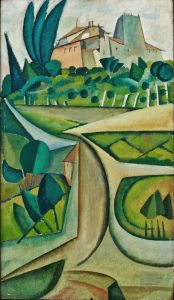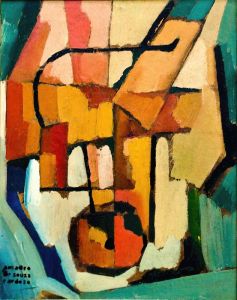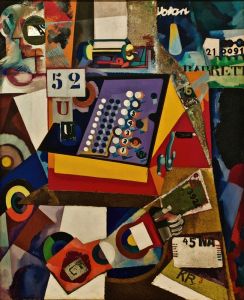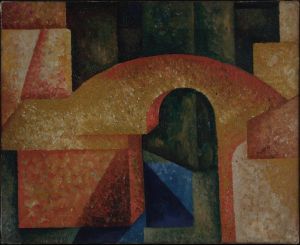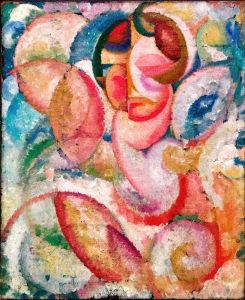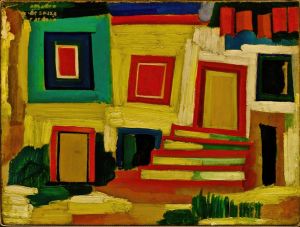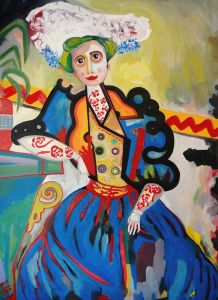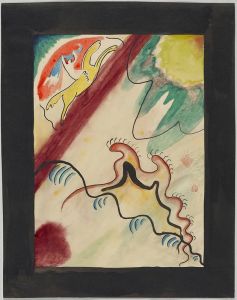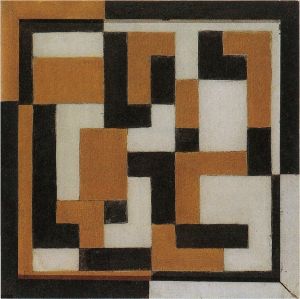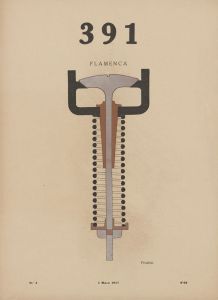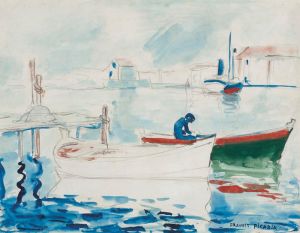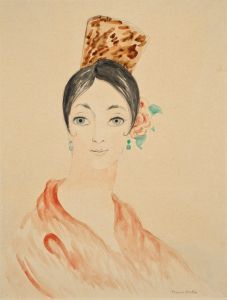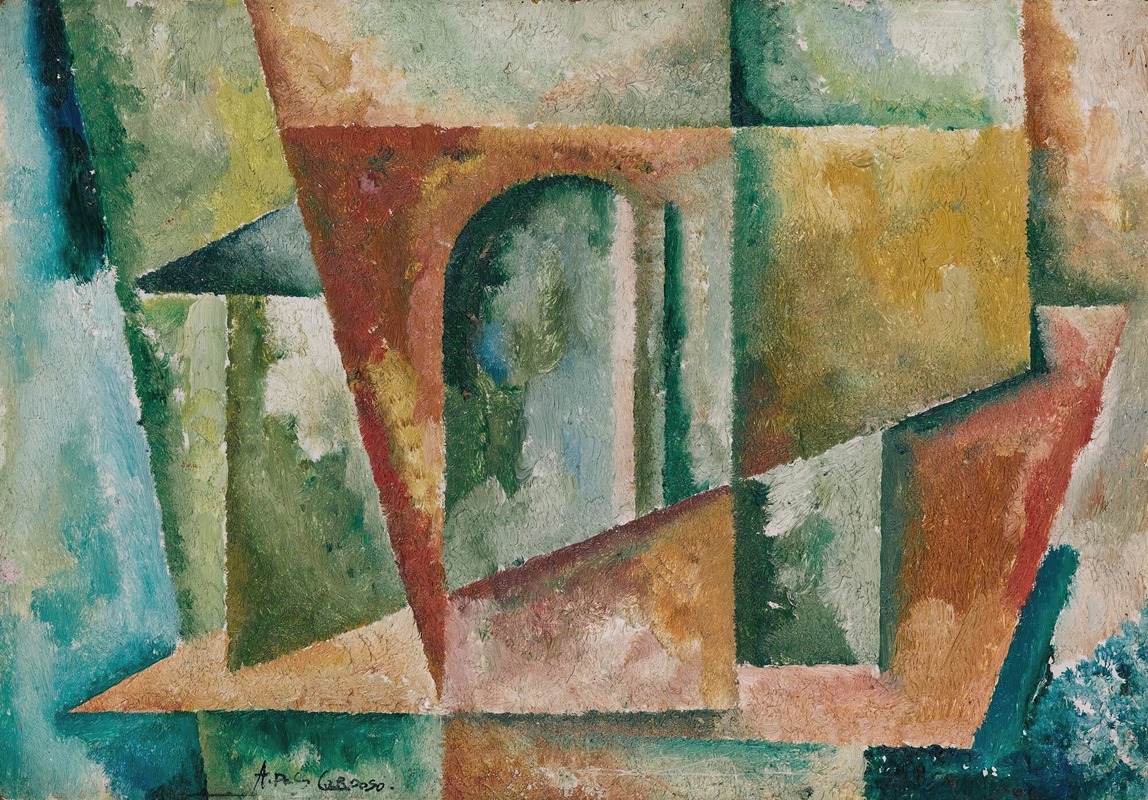
Paysage Cubiste
A hand-painted replica of Amadeo de Souza-Cardoso’s masterpiece Paysage Cubiste, meticulously crafted by professional artists to capture the true essence of the original. Each piece is created with museum-quality canvas and rare mineral pigments, carefully painted by experienced artists with delicate brushstrokes and rich, layered colors to perfectly recreate the texture of the original artwork. Unlike machine-printed reproductions, this hand-painted version brings the painting to life, infused with the artist’s emotions and skill in every stroke. Whether for personal collection or home decoration, it instantly elevates the artistic atmosphere of any space.
Amadeo de Souza-Cardoso was a prominent Portuguese painter known for his innovative contributions to modern art in the early 20th century. One of his notable works is "Paysage Cubiste," which exemplifies his engagement with the Cubist movement. Souza-Cardoso was born in 1887 in Mancelos, Amarante, Portugal, and he initially studied architecture before turning to painting. His artistic journey took him to Paris, where he became part of the vibrant avant-garde community.
"Paysage Cubiste" is a significant piece within Souza-Cardoso's oeuvre, reflecting his exploration of Cubism, a movement pioneered by artists like Pablo Picasso and Georges Braque. Cubism is characterized by its fragmented representation of subjects, breaking them down into geometric shapes and reassembling them in abstract forms. This approach allows multiple perspectives to be depicted simultaneously, challenging traditional notions of perspective and representation.
In "Paysage Cubiste," Souza-Cardoso employs these Cubist techniques to depict a landscape, although specific details about the painting's dimensions, medium, and exact date of creation are not widely documented. The painting showcases Souza-Cardoso's ability to synthesize influences from various avant-garde movements, including Futurism and Expressionism, into his unique style. His use of bold colors and dynamic compositions reflects a departure from the more subdued palettes often associated with early Cubism.
Souza-Cardoso's time in Paris was crucial to his artistic development. He interacted with leading figures of the avant-garde, including artists, writers, and intellectuals, which enriched his creative output. His participation in the 1913 Armory Show in New York, a landmark exhibition that introduced European modernism to an American audience, further cemented his place in the international art scene. Although "Paysage Cubiste" was not part of this exhibition, Souza-Cardoso's involvement in such events highlights his active engagement with contemporary artistic dialogues.
Despite his promising career, Souza-Cardoso's life was tragically cut short when he died of the Spanish flu in 1918 at the age of 30. His early death meant that much of his work remained underappreciated for decades. However, in recent years, there has been a resurgence of interest in his contributions to modern art, with exhibitions and retrospectives re-evaluating his impact and legacy.
"Paysage Cubiste" remains an important work for understanding Souza-Cardoso's artistic vision and his role in the broader context of early 20th-century art. It exemplifies his ability to blend different artistic influences into a cohesive and innovative style. Today, his works are celebrated for their originality and are considered an integral part of the modernist movement in Portugal and beyond.
While specific details about "Paysage Cubiste" may be limited, the painting is a testament to Souza-Cardoso's skill and creativity, reflecting the dynamic and transformative nature of the period in which he worked. His legacy continues to inspire and influence contemporary artists and art historians alike.





